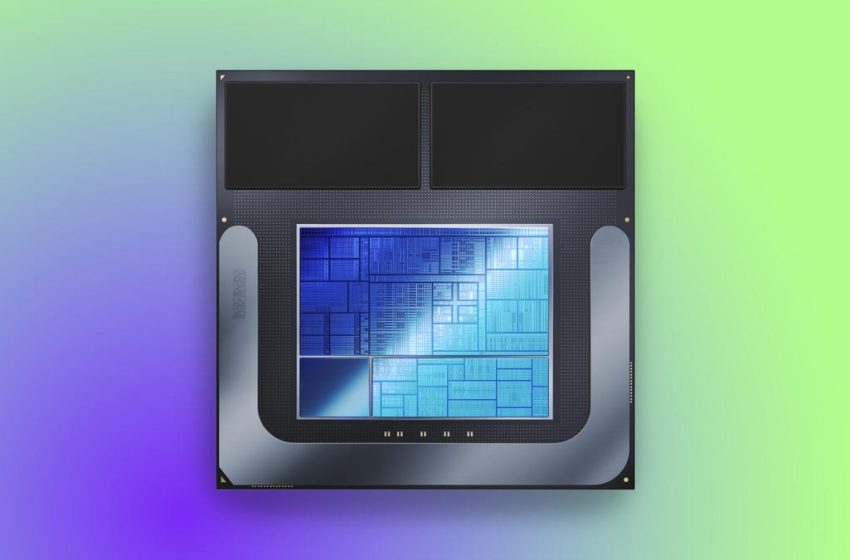Intel Lunar Lake CPUs May Improve Notably on Core Ultra Battery Life, AI Performance

We won’t see any laptops incorporating Intel’s Lunar Lake-architecture chips until July at the earliest — but given that Intel keeps stressing “in time for the holidays,” September seems more likely — the company did deliver its first deep dive into the details of the next-generation of its CPUs for thin-and-light “AI” laptops. Lunar Lake is the follow up to the Meteor Lake-based Core Ultra chips the company launched only six months ago, and it seems like there are notable updates and optimizations everywhere, which makes me wonder how Intel will spin Core Ultra now that Lunar Lake has superseded it as the flagship.
Revisions to the graphics architecture, Xe 2 graphics (Arc), include new XMX engines to handle the type of matrix math required for AI acceleration the neural processing unit is unsuited to — Intel says it provides up to 67 additional integer TOPS in addition to the 48 TOPS of the new fourth-generation NPU (the sum of the integer math performance of all the units as measured in tera-operations per second is now referred to as “Platform TOPS” and Intel says Lunar Lake hits up to 120). In theory, that makes laptops that incorporate it Microsoft Copilot Plus PC-ready, though Intel didn’t mention that in any of its press materials; it’s sticking with AI PCs. Hmmm.
The gain seems to come from adding more and bigger compute engines and higher clock frequencies than any magic. The Xe 2 GPUs also have larger ray tracing units and new core layouts for improved performance and efficiency. Intel claims more than 80% improvement in gaming performance over the last generation, which would be lovely if true.

The internal connection to the display bumps up a version to eDP 1.5, which adds support for VESA Adaptive-sync and some power-saving optimizations. A new on-die 8MB memory-side cache sits right next to the media engine so it doesn’t have to access system memory as often, which should improve battery savings during encoding, and Intel has added a VVC codec — H.266 — to its media engine, which is potentially more optimized for streaming than AV1 and can encode screen content, panoramic and 260-degree video.
The CPU has updated Performance and Efficient cores (Lion Cove and Skymont microarchitectures, respectively), as well as performed updates to the low-power cluster it introduced with the Core Ultra; all have boosted performance and better power efficiency, which translates to better battery life and hopefully, better CPU performance on battery, which vastly lags behind Apple’s M series of processors. The P-cores have new controllers which use AI to dynamically adapt to changes in heat, so you should be able to operate at higher power for longer.
All of those now occupy a Compute Tile, with security and connectivity (Wi-Fi 7, Bluetooth 5.4, PCIe Gen 4/5 and Thunderbolt 4 ports) moving to a Platform Controller Tile on the package rather than into a secondary chipset. The new division should allow for scalability that seems a little smarter than Apple’s.
Apple builds its Pro, Max and Ultra variations of its processors by using arrays of lower-end chips, but the base chips include all the necessary controllers to support a complete system, so the higher-end systems end up with support for more ports than might be necessary or physically viable. With Lunar Lake, Intel could conceivably stack or link multiple compute tiles with a single Platform Controller tile in order to scale for more powerful laptops.
If you follow Intel’s data center and workstation Xeon processors, one interesting note is the announcement of Xeon 6, which launches E-core-only options for higher density rack mounted arrays that can consume less energy — and come cheaper — when you need to parcel out more access with lower-power needs or at lower cost.





